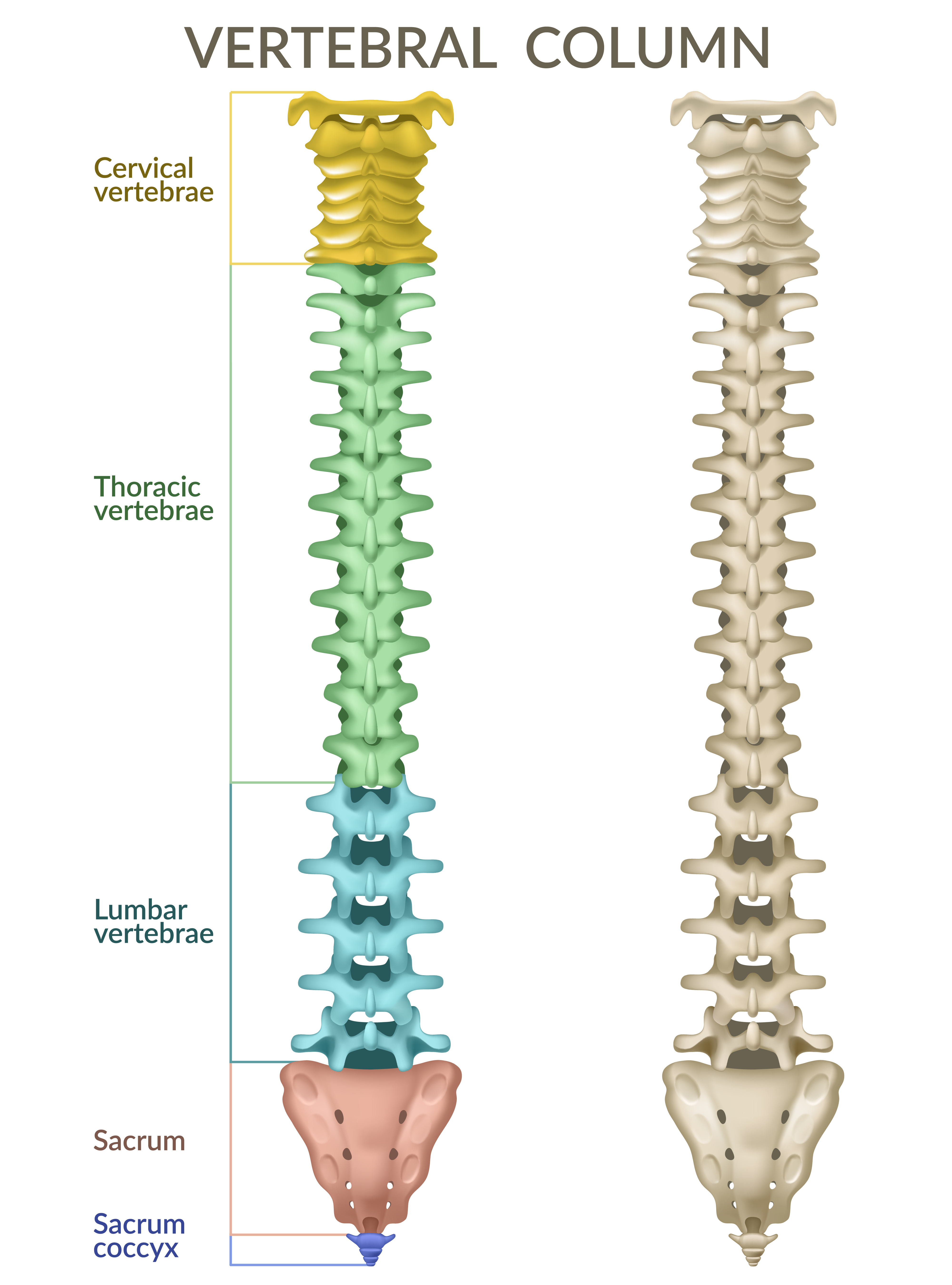
The Role of Hormones in Understanding the Anatomy of the Spine: What is a Slipped Disc?
Your spine is an incredible structure that provides support, flexibility, and protection for your spinal cord.
Between each vertebra in your spine, there are cushion-like discs that act as shock absorbers and allow for movement.
However, sometimes these discs can experience problems, such as a condition known as a slipped disc.
A slipped disc, also called a herniated disc or ruptured disc, occurs when the soft inner core of a spinal disc pushes through the tough outer layer. This can happen due to age-related wear and tear, repetitive strain, or sudden injury.
When a disc slips out of place, it can press on nearby nerves, causing pain, numbness, or weakness in the area served by those nerves.
Common symptoms of a slipped disc may include:
- Pain that radiates from the back to the arms or legs
- Numbness or tingling sensation in the affected area
- Muscle weakness in the arms or legs
- Difficulty bending or twisting the spine
Treatment for a slipped disc often begins with conservative measures such as rest, pain medication, physical therapy, and exercises to strengthen the muscles that support the spine. In some cases, epidural steroid injections or chiropractic adjustments may provide relief.
If conservative treatments fail to alleviate symptoms or if there is severe nerve compression causing significant pain or weakness, surgery may be necessary to remove the herniated portion of the disc and relieve pressure on the affected nerves.
Understanding the anatomy of your spine and the common conditions that can affect it, like a slipped disc, can empower you to take better care of your back and seek prompt medical attention if you experience symptoms.
To seek medical advice, always consult a Doctor. Here are our recommended experts. Click Here
To read more on Slipped disc. Click Here



